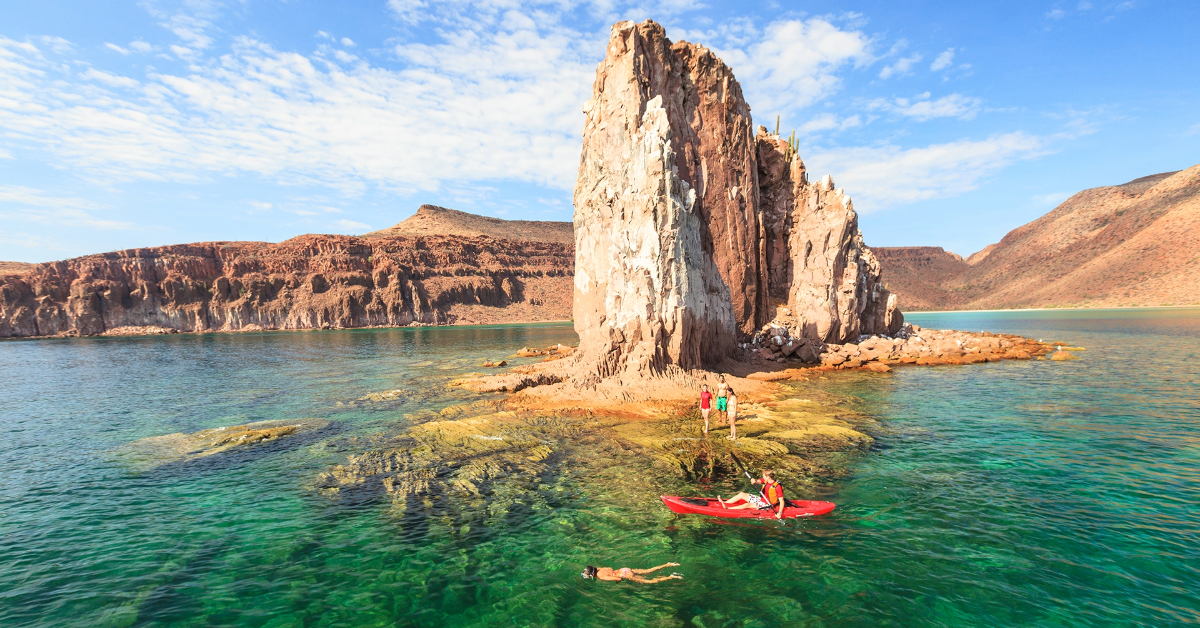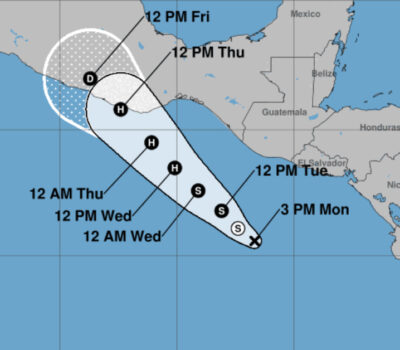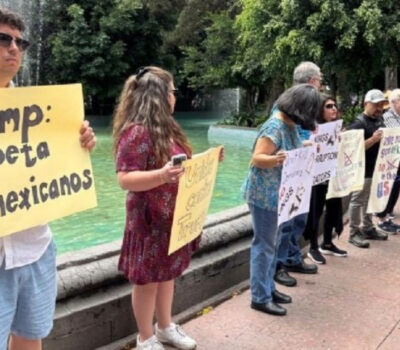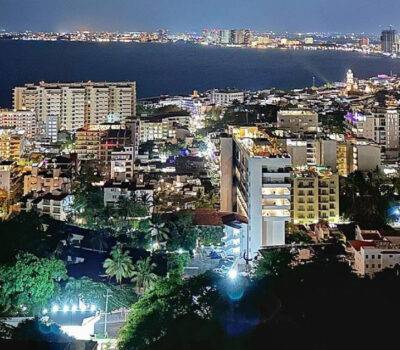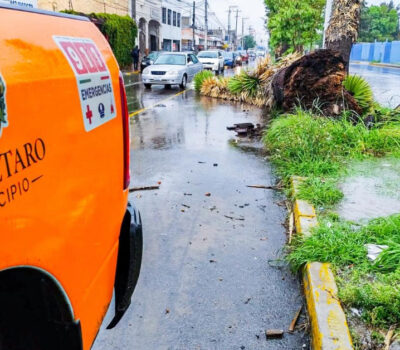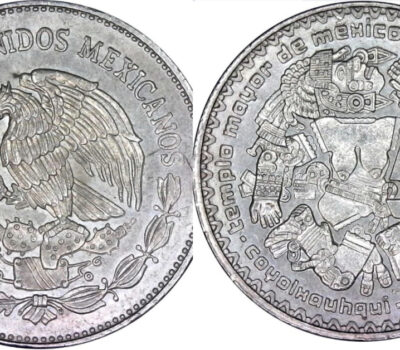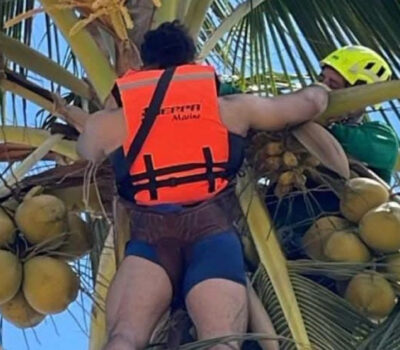Tourism in Baja California has surged 10% in the first half of 2025, driven by the success of Tianguis Turístico. Travel agencies expect continued growth ahead of the 2026 World Cup.
Tourism in Baja California has climbed significantly in the first half of 2025, marking a 10 percent increase compared to the same period last year, according to Raúl Islas Tovar, President of the Baja California branch of the Mexican Association of Travel Agencies (AMAV). Much of the growth is being credited to the state’s hosting of Tianguis Turístico, the country’s largest annual tourism fair, for the first time.
“We hope it increases a little more. Tourism has grown significantly, and I believe it has increased by 10% compared to last year,” said Islas Tovar, who attributed the positive numbers directly to the success of the recent tourism showcase.
The 2025 edition of Tianguis Turístico marked a historic moment for Baja California, as it was the first time the event was held in the northern border state. According to official estimates from both federal and state tourism agencies, the fair drew around 10,000 attendees—including travel professionals, tour operators, and media—from across Mexico and abroad.
“Of course, because people from all over the country came. It was a complete success,” said Islas Tovar. “The Tianguis was held here for the first time. It was a significant challenge, and according to the Federal and State Tourism Secretariats, it was a complete success.”
The event not only introduced Baja California to a broader domestic audience but also served as a platform for international promotion. The region showcased its culinary scene, wine country, coastal destinations, and cross-border connectivity with the United States—key assets in attracting both leisure and business travelers.
Travel Trends and Preferences
While inbound tourism has been on the rise, outbound travel from Baja California continues to follow long-established patterns. Islas Tovar said destination preferences among Baja Californians remain segmented by age.
“For young tourists, it’s always beach tourism—Puerto Vallarta, Cancún, Huatulco,” he explained. “And for older people, who prefer quieter places, there are destinations like Michoacán and Chihuahua—a different kind of tourism.”
The consistency of these patterns indicates that while new trends emerge globally, traditional Mexican travel favorites remain strong among local travelers. However, the state’s own tourism appeal has clearly expanded with the national spotlight of Tianguis.
Looking Ahead to the 2026 World Cup
Looking toward future prospects, the upcoming 2026 FIFA World Cup, which Mexico will co-host alongside the United States and Canada, is being seen as a potential catalyst for even greater tourism across the country—provided that certain international hurdles are addressed.
Islas Tovar noted that any tourism boost related to the World Cup is “latent,” with its success dependent in part on resolving ongoing migration-related tensions and logistical challenges at the U.S. border.
“If the social problems surrounding migration in the United States are resolved and the major event can be held in the neighboring country, then yes, it could help,” he said.
While none of the World Cup matches are scheduled in Baja California, the state’s strategic location along the U.S. border could offer unique opportunities for cross-border tourism and special travel packages, particularly if visitors are looking to extend their trips into Mexico.
Continued Growth Expected
As the second half of 2025 gets underway, Baja California’s tourism sector remains optimistic. With the successful hosting of Tianguis Turístico under its belt and the possibility of World Cup-related tourism on the horizon, the state appears well-positioned to keep drawing both domestic and international travelers.
“We’re seeing the results already,” said Islas Tovar. “Now we just need to keep the momentum going.”
Tourism in Baja California has surged 10% in the first half of 2025, driven by the success of Tianguis Turístico. Travel . . .

